I visited the ruins of the Roman market town, Venta Silurum, which was the market town of the Silures tribe. The city was founded around the year 75, and the settlement here was the largest Roman settlement in Wales. At 44 acres only, it was small but thrived around the year 200 and became quite wealthy. The town was enclosed with a ditch and timber wall, and a stone wall soon followed; the walls still circle the modern-day Caerwent village, as it is now called.
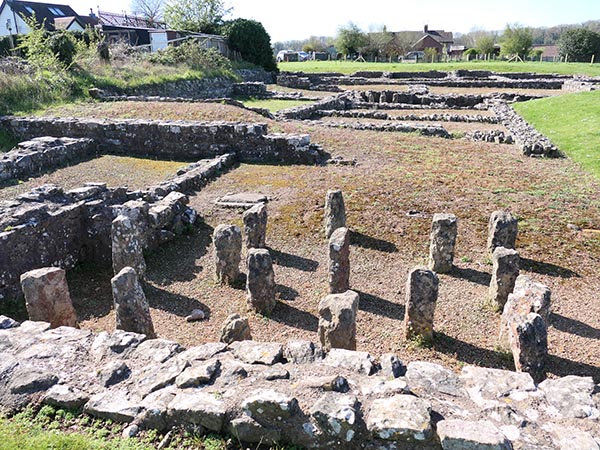
The Silures tribe were fierce fighters and gave Rome a lot of trouble. For 25 years, the tribe fought the Romans, so the town was a strategic one. Venta Silurum was considered to be a "foreign" town (or tribal town) with Roman ideas of administration. People in these tribal towns were not considered Romans like the military towns were. Towns were established as a way to adopt Roman ideas. The best interest to keep the peace was to build these town and then allow them to have their own form of self-government. (Information panels can be read around the town.)
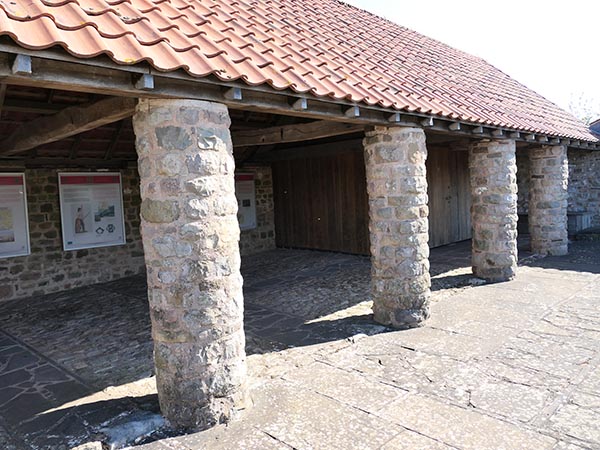
Located in a row toward one of the main roads stood a row of shops and houses, and these date from the 4th century. One of the rooms excavated had mosaic flooring with under-floor heating. It would have been a large home.


A little further along is the "Courtyard House", which was excavated in the early 1980s. Three different buildings were located on the site, and they were replaced with a larger house with a garden.
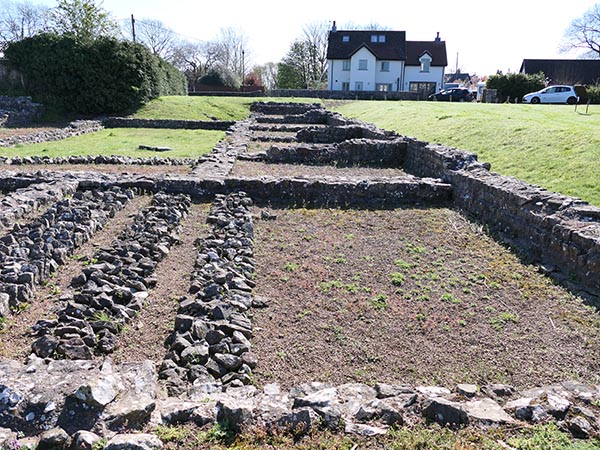

Through a small gate toward an open field was the next location: the ruins of the forum and basilica. The marketplace and civic hall was the centre of town. The forum had a row of columns with shops on three sides and a central piazza. One of the sides to the forum was the basilica, a very large hall with columns.
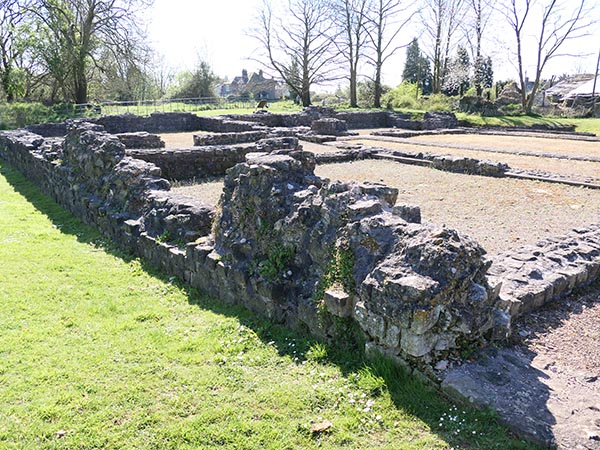
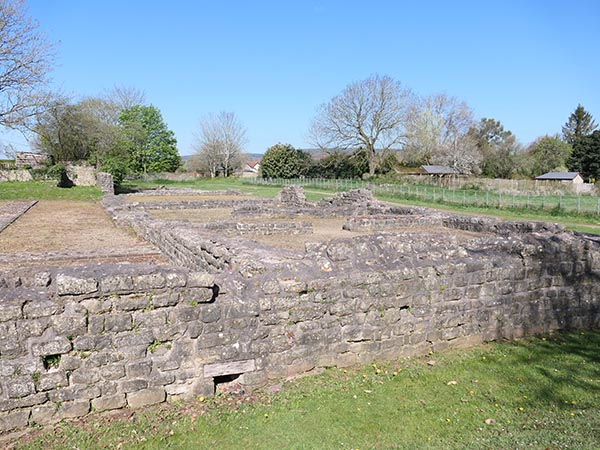

The last building to visit was the temple, which was built sometime in the year 350. The main walkway to the temple would have contained statues and offerings.
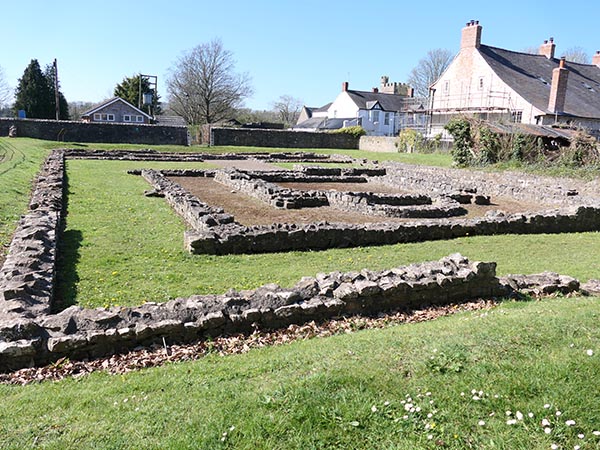


That concludes my visit of Caerwent.

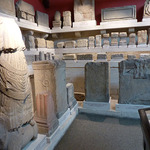
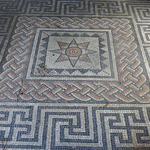
Leave a comment